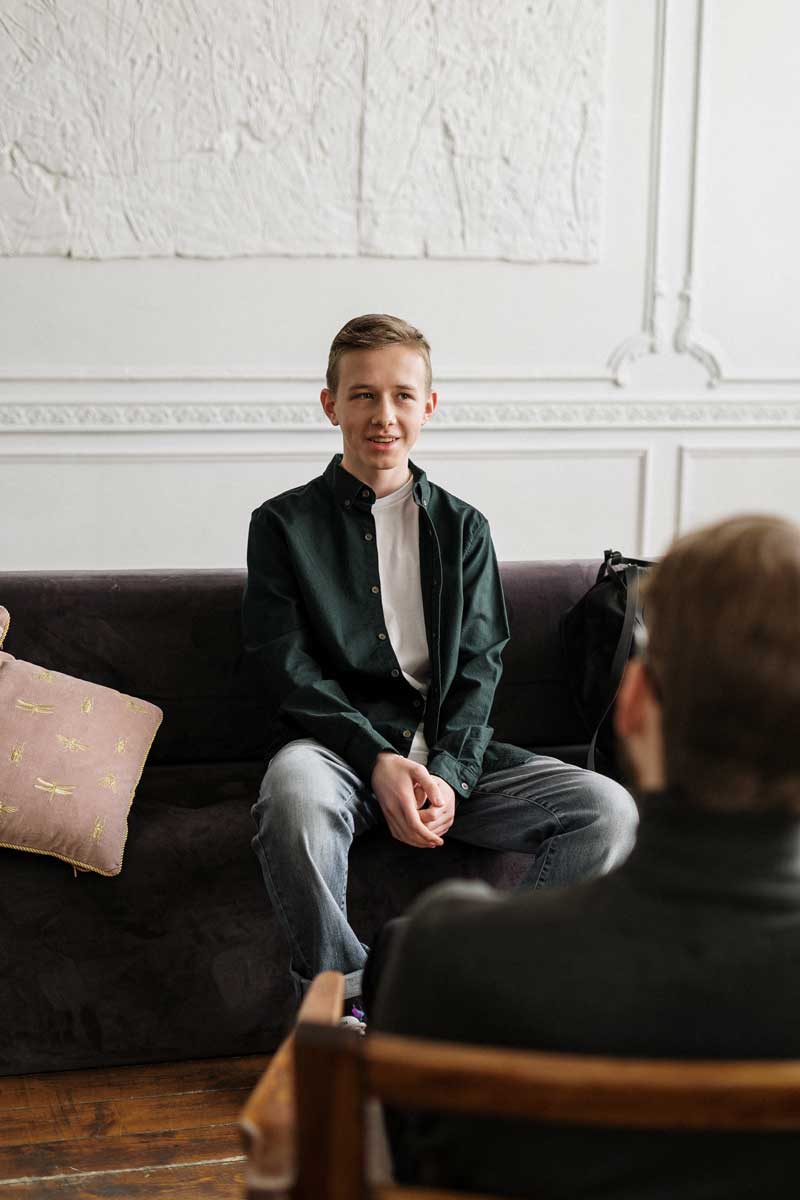Anxiety
What causes anxiety?
Anxiety disorders are the most common mental health concern in the United States, where approximately 40 million adults, or 19.1% of the population, are impacted every year.
We are often asked, “what causes anxiety?” Well, there is no such thing as one way in which anxiety originates, and this makes sense as there are different types of anxiety disorders such as social anxiety, panic disorder, or generalized anxiety. Genetics, neurochemistry, significant life events, and environment all play a role in developing the varied ways in which anxiety can present. Regardless of the way in which anxiety is presenting, the goals and objectives of the work are centered around the recalibration of a person’s cognitive and behavioral responses most pertinent to the anxious process.
Treating generalized anxiety
With the advancements in technology and social media, pressures associated with performance and status are more intense now than ever, and, in our experience, these pressures are magnified exponentially in Fairfield County. We frequently work with adolescents and younger adults who are already able to recognize their perception of the chasm that exists between where they are in their life and where their friend, family, school, or community systems are expecting them to be by the time they finish high school or college or by the time they are 25 or 30. That distance seems improbable to traverse, and it is common to experience moderate to severe anxiety as a result. What will my friends think of me if I don’t know what I want to do? What if my friends or parents disapprove of what I want to do? I have no idea what I want to do; how am I supposed to figure this out? Everyone else seems to have it together, and I can barely decide what I want to have for breakfast. The people we begin working with are often bombarded by these thoughts and similar thoughts which can make it difficult to satisfy some of their basic responsibilities.


Treating social anxiety
Social anxiety manifests specifically in the context of relationships. Those impacted experience relationships as trying and uncomfortable, and ultimately unsatisfying. There remains, however, a desire to enjoy healthy, reciprocal relationships, but they have not found a social rhythm for whatever reason (there are usually several). Social anxiety has become more common with COVID compounding social media and technological advancements to where the establishment and maintenance of a fulfilling social life can be particularly elusive. Adolescents and young adults are particularly sensitive to how healthy their social lives are because developmentally speaking they are in the process of individuating from their family and needing a social group to continue to grow.